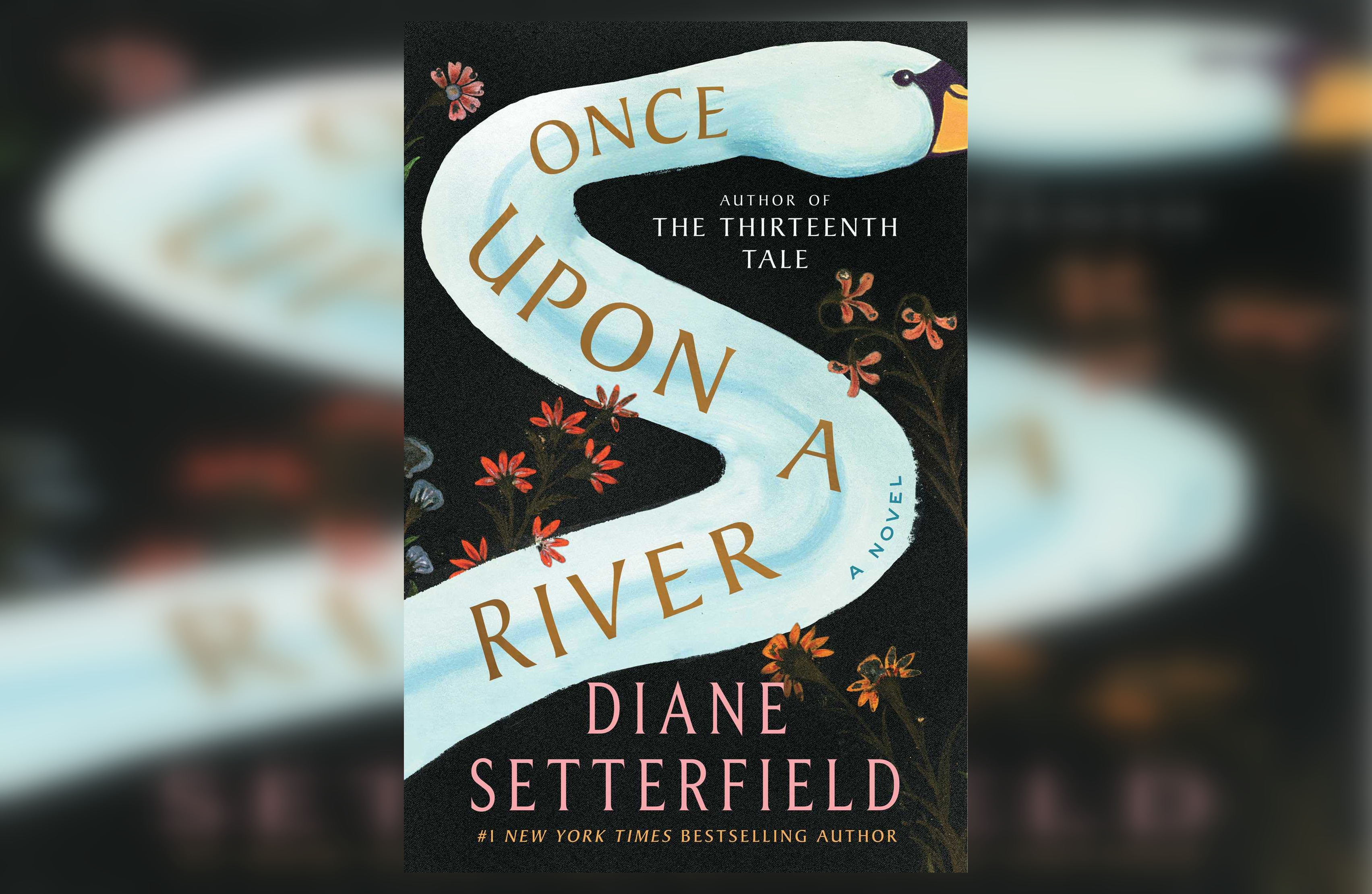Once Upon A River arrived in my new, American mailbox mere days after my British visa expired. I spent the last three years living in London, and this book immediately transported me back to England, but not the England I know. It is not one of nightclubs and gentrification, but instead a gothic land pulled straight out of fairytales, where dragons are the topic of small talk and ghosts are commonplace, not debated. The inhabitants of this tale understand its logic, philosophizing at one point that ‘…just ‘cause a thing’s impossible don’t mean it can’t happen.’
Readers may not immediately notice this book falls under the genre of magical realism because of how effective the aspects of realism are executed. Casual details and side-comments from characters, however, make one question what sort of world the novel takes place in. An enjoyable aspect of the reality of Once Upon A River is the fact that it is self aware there isn’t one; the book knows it is a story, so much so that at the end, readers are encouraged to return to their own world and their own stories. The characters are rich in words. They almost seem to collect them and revel in language. Everything that comes to pass in the plot is dependent on tales being told, either to one another in a pub or even through relaying dreams. There is a power in words, in the dubious ownership of them, and the concept of using them for acts such as naming and even thinking. Mainly, though, language is shown to be malleable, with prose that is both ancient and fresh. This reflects the shifting time period, where people move away from the mystical and towards scientific speculation.
This book is assertively feminine in its approach to themes such as childbirth, love, and healing, with women portrayed as the most reliable problem-solvers. The pages are littered with impressive, oftentimes matronly, female characters whose existences are intrinsically tied to childbirth, either by facilitating it or being mothers themselves. Even the admirable characters who are not human, such as Maud the beloved pig, are always female. The reader can sense that femininity is equated with wisdom in this world, and whether that rings true of 19th century England, it is satisfying to read. One female toddler is even compared to Jesus multiple times after defying death. Through the eyes of midwives and mothers, the reader is shown how terrifying childbirth can be, especially during this time period, as well as the insidious horror of spousal abuse. While disquieting scenes and creatures fill the pages, the most frightening parts are these casual references to real-world issues facing women.
The synopsis of Once Upon A River would have readers expect a story about a missing girl and a medical mystery, but there is so much layered on top of that. Parents fighting over guardianship, an escape from an orphanage, love overcoming prejudice, and large families just doing their best to get by all color the pages in their own unique manner. One grand story of intrigue encapsulates all of these smaller adventure stories, with my personal favorite being told by a seemingly throwaway side character near the end of the book. While there may be a monologuing villain or two and a few confusing sections, it somehow works in this world of folklore Diane Setterfield has so masterfully created.




